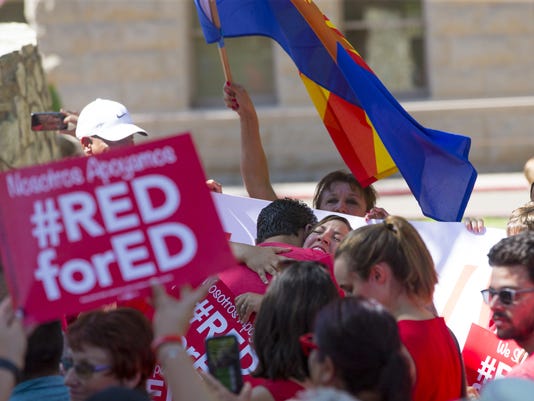 At Get Your PHX, we believe that all aspects of public policy can impact the real estate market. As such, we think it is worth some time to reflect on a couple little-known propositions on this November ballot, which could have an impact on Arizona’s future, and yours.
At Get Your PHX, we believe that all aspects of public policy can impact the real estate market. As such, we think it is worth some time to reflect on a couple little-known propositions on this November ballot, which could have an impact on Arizona’s future, and yours.
First, have a look at Proposition 126. This is an initiative that adds a clause to our state constitution to prohibit taxes on any kind of services. While collecting the 224,000 (minimum) signatures required to put this on the ballot, the backers of this measure told signers that this would prohibit sales taxes on things like haircuts. The backers, the Arizona Association of Realtors (AAR), really only told a small part the story.
The biggest beneficiaries of this initiative would be individuals who make most of their money on services, such as accountants, lawyers and, well, realtors like us. The pitch that this initiative was somehow built around the needs of the little guy was belied by the millions of dollars dedicated to this cause by the realtors.
Further, what they did not tell you was that it is already almost impossible for the legislature to raise taxes. Based on 1992’s Prop 108, the legislature must have a 3/4 vote of both chambers AND the governor’s signature to raise taxes. That has very seldom happened since 1992, and even then only on very marginal tax clarification issues. It certainly won’t happen as long at the AAR has as much control at the Legislature as it does now.
So, why the expense? Proponents claim that the proposition is in reaction to a bill in 2016 that would have instituted some services taxes. However, that bill –sponsored by a group of Republican who wanted to add a few service taxes so that they could lower over-all taxes on income– did not stand a chance of passage.
But, there’s a much bigger problem with this proposition. To illustrate, pick up your smart phone and look at the screen. See all of those apps that you use to make your life easier or fun?
Are those apps services or products? I don’t know, and neither does our current tax code.
It is estimated that, because Arizona has not clarified the difference between products and services in the on-line marketplace, we give up about $200 million per year in revenue to our state budget. To put that in perspective the Red for Ed movement was seeking about $680 million per year in new revenue.
So, what happens if we add this to our constitution? Simple. It would be nearly impossible to update and refine our tax code and we will miss out on even more funding for schools and infrastructure. This can have an impact on our local economy and economic growth and, therefore, the real estate market.
Our goal in presenting this information is to present information that most folks may not see in the press. Obviously we (mostly Ken, since he’s a policy nerd) have a bias. We all do. So, we encourage you to see both sides of the argument in the publicity pamphlet at this link.
Next month: Proposition 306, a Trojan Horse?



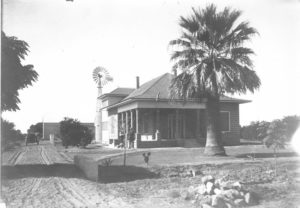
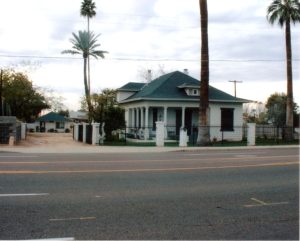
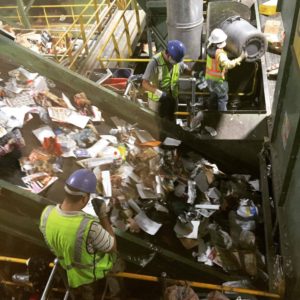
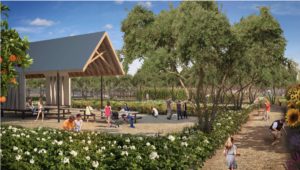
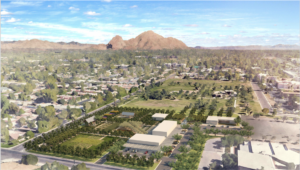
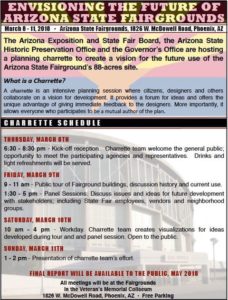
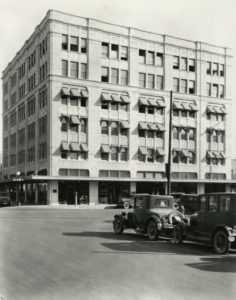
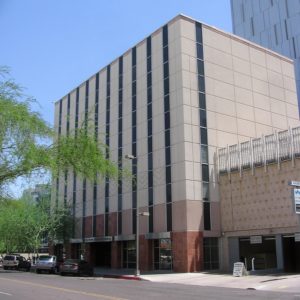

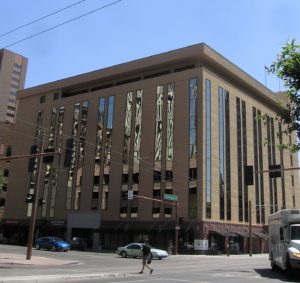


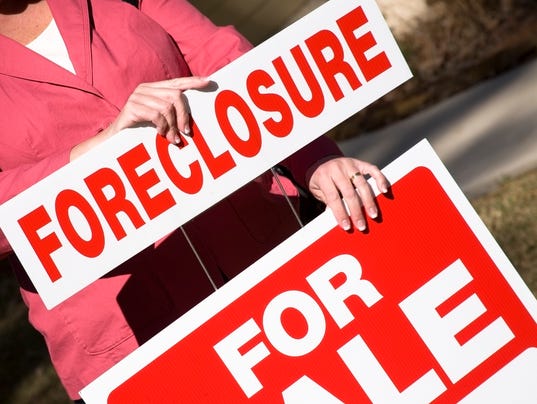 ing when an HOA can force the sale of your home, and how one state senator wants to make it even easier for HOAs to take your property.
ing when an HOA can force the sale of your home, and how one state senator wants to make it even easier for HOAs to take your property.